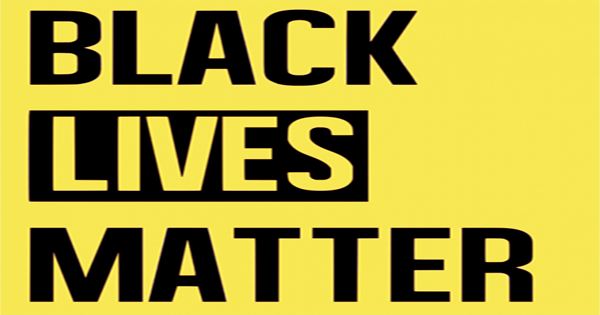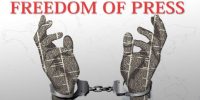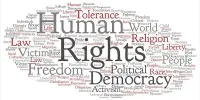Racist policing, legal and additional legal inequality, staying away from the main means of wealth creation, and naughty stereotyping have a long history and are still tolerated today. The protests that engulfed American cities last week are the root of decades of frustration.
African Americans protested against these injustices in the days leading up to the Civil War of the 1870s. Throughout the twentieth century, there have been significant developments in Chicago (1919), the Harlem neighborhood in New York City (1935), Detroit (1943), and Los Angeles (1943, 1965, and 1992). And what became known as the “long, hot summer of 1967” sparked outrage in American cities. The Civil Rights Act of 1964 ended segregation but did not bring equality. Caste discrimination remains in the hands of the police. Protesters took to the streets in more than 150 cities, leading to violent clashes between black residents and mostly white police forces.
Policing practices a trigger for unrest: The outbreak of the African-American uprising in the United States has almost always been driven by police forces, such as the recent death of George Floyd in Minneapolis. Sometimes, unrest spreads when police refuse to act on behalf of black residents. When an African-American teenager entered the “white” part of Lake Michigan in Chicago in 1919, a white man on the shore aimed a stone at him and drowned him. A police officer did nothing to stop the attackers, nor did he arrest them.
From the point of view of those identified and injured by the police and
discriminated against by society, damage to property and looting were justified. In the century leading up to the abolition of slavery in 1865, white Americans exploited the labor of blacks and established new ways to keep African Americans poor. These methods range from law enforcement work to the dynamics of racist stereotyping.
These national laws and customs were characterized by violence, including murder. From the late 1800s to the 1950s, more than 4,000 African American victims were killed. These were so acceptable that they were sometimes advertised in the press before them. These were extrajudicial killings, but often involved the police or at least they were blinded in action.
African Americans were often kept out in the suburbs of cities throughout the city, either by white residents or even by violent acts committed by police officers Named “Dynamite Hill”. Black Americans who wanted a better life in the northern cities also found racism there. In isolated neighborhoods such as Harlem in New York and the South Side of Chicago, white landlords had a captive market, causing them to fall with increasing crowds and paellas
Even the presence of black officers in the police forces of the northern cities did not change the fundamentally racist campaign of the police force.
Wide resource gap: Protests in the 1930s were led by police brutality, but excluded African Americans from full civilian participation. Even if African Americans can raise capital to obtain a mortgage, the legal system is known as “redlining” prevents them from purchasing a property.
As always, African Americans continued to work in low-wage domestic and employment jobs that thrived on an emerging economy that benefited white
Americans indiscriminately. In 1968, author James Baldwin stated that it was not surprising.
As such, black families thwart attempts to amass wealth in white families with the same amount of black families. African Americans, therefore, lived in neighborhoods that were poor. This community had worse sanitation, no green space, more expensive grocery stores, and poor resource schools.
After all, you are blaming a captive population who has snatched all the loot. I think [that allegation] is obscene. The effects of these policies are still evident today – and many African Americans play a key role in discrimination and frustration.
Black families and individuals enjoy a lower level of wealth than white or Asian Americans. This is also true of African Americans with higher education and higher salaries. Generations of inequalities have left their mark as black Americans deny housing and inheritance the depletion of largely unused resources.
Echoes of Baldwin, this comic Trevor Noah celebrated this week, If you’re embarrassed to see the target being looted, try to imagine how black Americans would feel when they see everyone looting one day. American police are looting black bodies.
‘War on Crime’ and widespread imprisonment: In the wake of the unrest of 196767, federal policies under President Lyndon Johnson shifted from “fighting poverty” to “fighting crime”. African Americans were increasingly targeted by “law and order” and mass imprisonment machines. Today, black Americans, especially men, remain the irresistible target of the police force. Young blacks are killed by police 21 times more often than young white men. African American women are also vulnerable, as evidenced by several recent high-profile incidents.
As a result, more and more grassroots groups are calling for the police force to be dismantled, localized, and radically destroyed. Activists will continue to remind us that the issue of black life is important. Until then, civil rights lawyer Sheryl Eiffel said this week, if the rule of law is given priority, then the people need to see some justice. If it always produces unjust results, how can we tell people to believe in the justice system?















